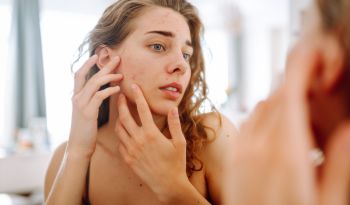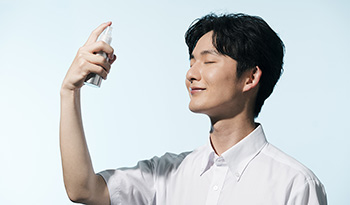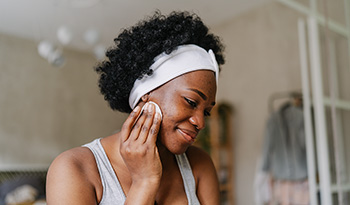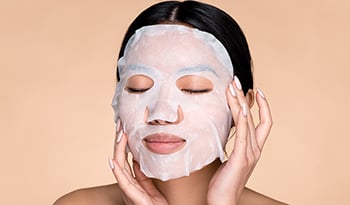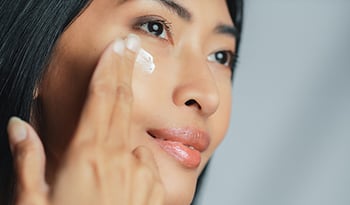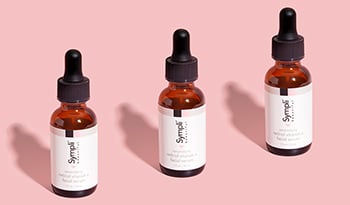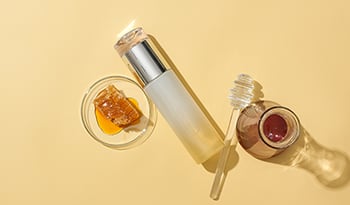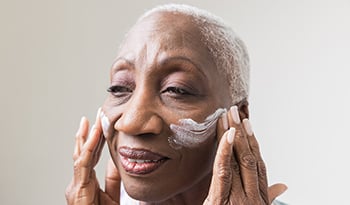Cum să tratați dermatita periorală în mod natural
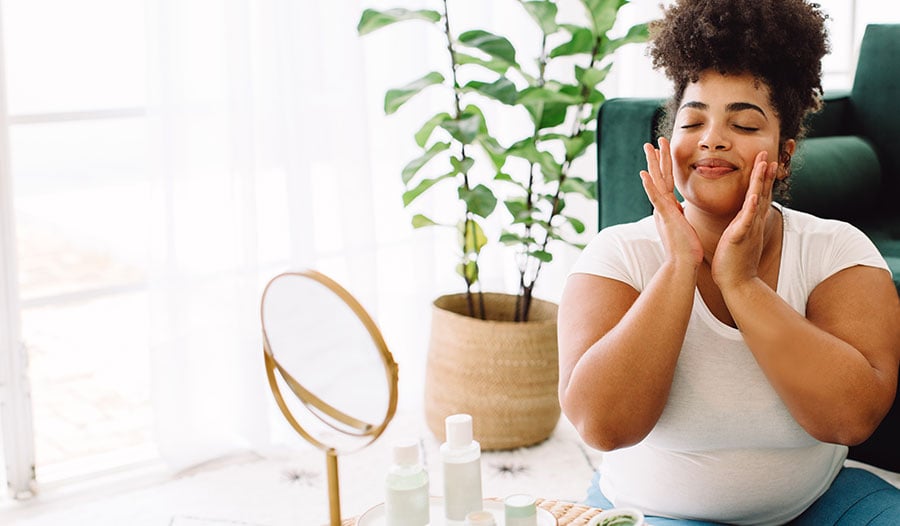
Dermatita periorală poate fi o afecțiune dificilă de tratat și este adesea destul de frustrantă pentru pacienți. Să ne scufundăm în de ce.
Ce este dermatita periorală?
Dermatita periorală este o erupție cutanată care se prezintă cu roșeață, iritație și cosuri în regiunea din jurul gurii și cutele obrajilor. Zona imediat din jurul buzelor este de obicei cruțată.
Uneori erupția cutanată are mâncărime și, uneori, poate arde. Dermatologii numesc această afecțiune dermatită „periorificială” atunci când se prezintă în jurul altor „orificii”, cum ar fi în jurul ochilor. Văd că apare aproape exclusiv la femei, dar în ultima vreme a existat o explozie de cazuri din cauza tuturor purtării măștilor pe care le-am făcut.
Ce cauzează dermatita periorală?
Cauza exactă a erupției cutanate nu este cunoscută, dar este similară cu rozaceea și este probabil cauzată de o serie de factori diferiți. Dermatita periorală poate fi cauzată de steroizi topici sau inhalatori (cum ar fi crema de hidrocortizon sau inhalatoare de steroizi) pe pielea feței, pastă de dinți care conține fluor, căldură și umiditate excesivă (ca în cazul măștilor), iritații cauzate de utilizarea prea dure sau prea multe produse de îngrijire a pielii sau din cauza produselor ocluzive de îngrijire a pielii.
Dacă încercați să tratați dermatita periorală în mod natural, iată câțiva pași de făcut și întrebări pe care să vi le puneți.
Folosești steroizi?
Folosiți un steroid local, cum ar fi hidrocortizonul pe erupție cutanată? Dacă da, luați în considerare întreruperea acestuia sau consultați un dermatolog. Steroizii topici pot provoca dermatită periorală, deoarece minimizează roșeața inițial - păcălind să crezi că funcționează - dar contribuie de fapt la o erupție cutanată continuă și pustule.
Pasta ta de dinți are fluor?
Verificați-vă pasta de dinți — conține fluor? Fluorul este excelent pentru dinți, dar poate fi implicat în provocarea dermatitei periorale. Ați putea încerca să schimbați cu o pastă de dinți fără fluor. Alternativ, dacă continuați să utilizați pastă de dinți care conține fluor, încercați să nu o puneți pe piele și spălați-vă fața după spălarea dinților pentru a vă asigura că pasta de dinți nu rămâne pe piele.
Ce fel de mască folosești?
Luați în considerare masca dvs. Măștile de pânză pot prinde umezeala în piele și pot adăposti bacterii dacă le reutilizați. Încercați o mască de unică folosință (sunt mai ușoare) și folosiți o mască curată și proaspătă în fiecare zi. Dă-ți feței timp să respire cu masca scoasă ori de câte ori este în siguranță.
Există ingrediente dure în îngrijirea pielii?
Evaluează-ți gama de produse de îngrijire a pielii. Mai puțin este mai mult! Cea mai frecventă problemă pe care o văd este că oamenii încearcă să adauge tot mai multe produse de îngrijire a pielii pe pielea lor pentru a încerca să remedieze problema, dar făcând acest lucru agravează de fapt erupția cutanată. Evitați spălarea excesivă, utilizarea prea multor produse iritante (acid salicilic, acid glicolic, retinoizi, vitamina C) sau ocludarea pielii cu prea multe produse. Mai simplu este mai bine: încercați să vă „Marie Kondo” rutina de îngrijire a pielii. Dacă sunteți în căutarea unor opțiuni de îngrijire a pielii mai blânde, vă recomand să încercați apă micelară pentru un demachiant și un hidratant bland, ușor pentru a hidrata pielea.
Ești deficitar de zinc?
Încercați suplimentarea cu zinc . Dacă doriți cu adevărat să evitați utilizarea medicamentelor eliberate pe bază de rețetă, puteți încerca să luați suplimente de gluconat de zinc. Nu există prea multe dovezi că poate ajuta cu dermatita periorală, dar poate ajuta puțin cu acneea, așa că ar putea merita o încercare. Suplimentarea cu zinc este, în general, bine tolerată și sigură pentru ingestia cronică până la o doză de 40 mg pe zi. (Cantități mai mari decât pot cauza probleme.) Aș recomanda consultarea medicului dumneavoastră înainte de a începe orice supliment nou pentru a vă asigura că este potrivit pentru dumneavoastră.
Ați încercat sulf?
Încercați un produs de îngrijire a pielii pe bază de sulf . Sulful poate fi util în tratarea acneei, rozaceei și dermatitei periorale. În funcție de produs, poate mirosi un pic „sulf”. Din acest motiv, de obicei prefer să folosesc produse cu sulf care sunt menite să fie clătite (mai degrabă decât lăsate), dar tratamentele cu pete de sulf pot fi, de asemenea, utile.
Ai văzut un profesionist?
Dacă aveți încă probleme, ar trebui să solicitați asistență profesională de la un dermatolog certificat, astfel încât să nu aveți cicatrici sau hiperpigmentare post-inflamatorie. Mult noroc!
Notă: Acest blog nu este destinat să ofere diagnostic, tratament sau sfaturi medicale. Conținutul furnizat pe acest blog are doar scop informativ. Vă rugăm să consultați un medic sau alt profesionist din domeniul sănătății cu privire la orice diagnostic sau opțiuni de tratament medicale sau legate de sănătate. Informațiile de pe acest blog nu ar trebui considerate ca un substitut pentru sfaturile unui profesionist din domeniul sănătății. Afirmațiile făcute cu privire la anumite produse pe acest blog nu sunt aprobate pentru a diagnostica, trata, vindeca sau preveni bolile.
Declarație de declinare a responsabilității:Acest blog nu are ca scop să ofere un diagnostic.














































































 Cuprins
Cuprins



